Talk Overview
When an egg is fertilized, two distinct groups of cells are formed; the somatic cells which give rise to all the structures in body and will ultimately die, and the primordial germ cells which become germ line stem cells that produce sperm and egg and thus, can give rise to another generation. Hence, germ cells are responsible for the maintenance of a species. In Part 1 of her lecture, Dr. Lehmann discusses the strategies used by an embryo to specify which cells will become somatic cells and which will become germ cells. She also outlines the currently known features of germ cells that differentiate them from other cells in the embryo.
In Part 2, Lehmann focuses on the role of RNA regulation in germ cell development. A series of regulatory cascades allows the spatial and temporal regulation of maternal RNA translation that in turn regulates the specification of primordial germ cells, migration of these cells to the gonads, transcription in early germ line stem cells, and maintenance of germ line stem cells in the adult animal.
What are the signals that tell a primordial germ cell when to migrate, where to migrate and when to stop? Lehmann addresses these questions in Part 3 by using fluoresently labeled PGCs to reveal the patterns of migration during embryogenesis. In Drosophila, Lehmann identifies several genes responsible for regulating PGC migration including tre1, which encodes a G protein coupled receptor and is required for early germ cell polarization.
In the last part of her talk, Lehmann expands on the role of lipid signals in guiding germ cell migration. Her lab has found that lipid phosphate phosphatases create gradients of lipid phosphate attractants and in this manner direct cell movement. HMGCoA reductase is also a key enzyme since it is required for the production of a lipid modified germ cell attractant.
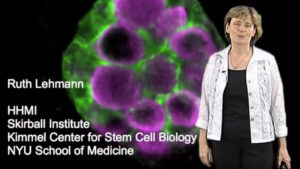
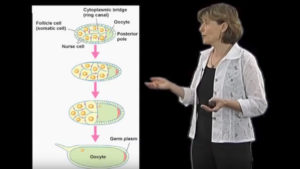
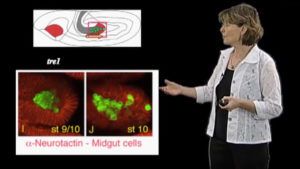
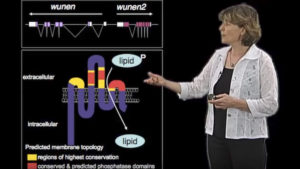
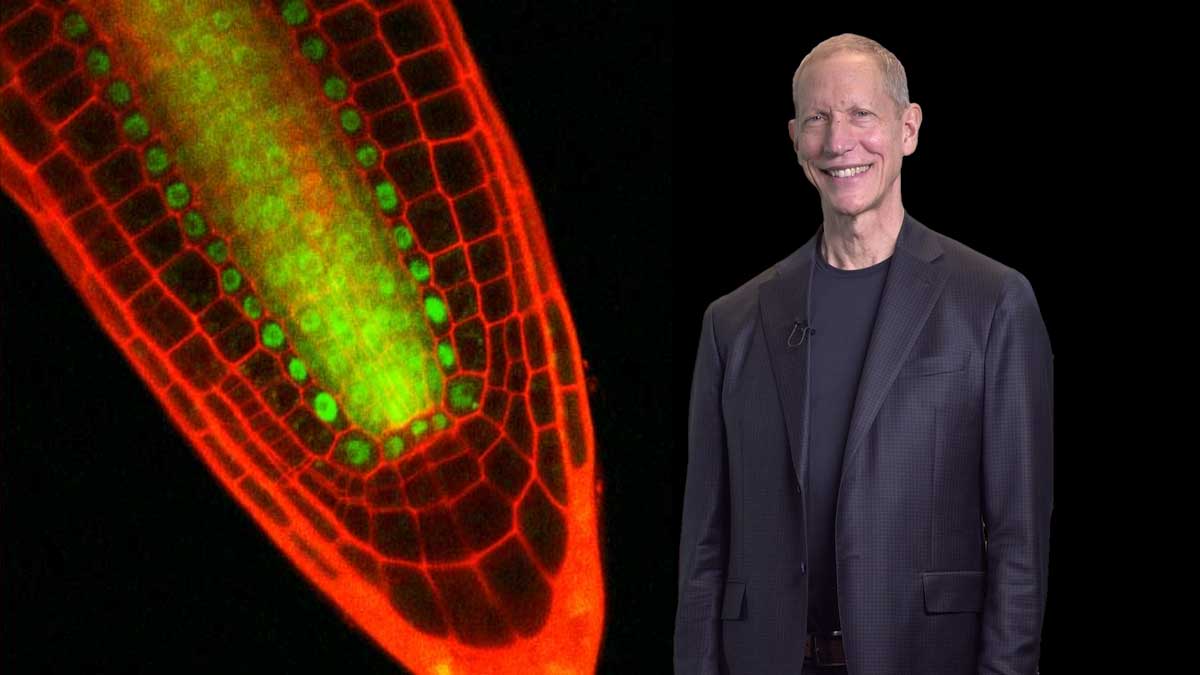
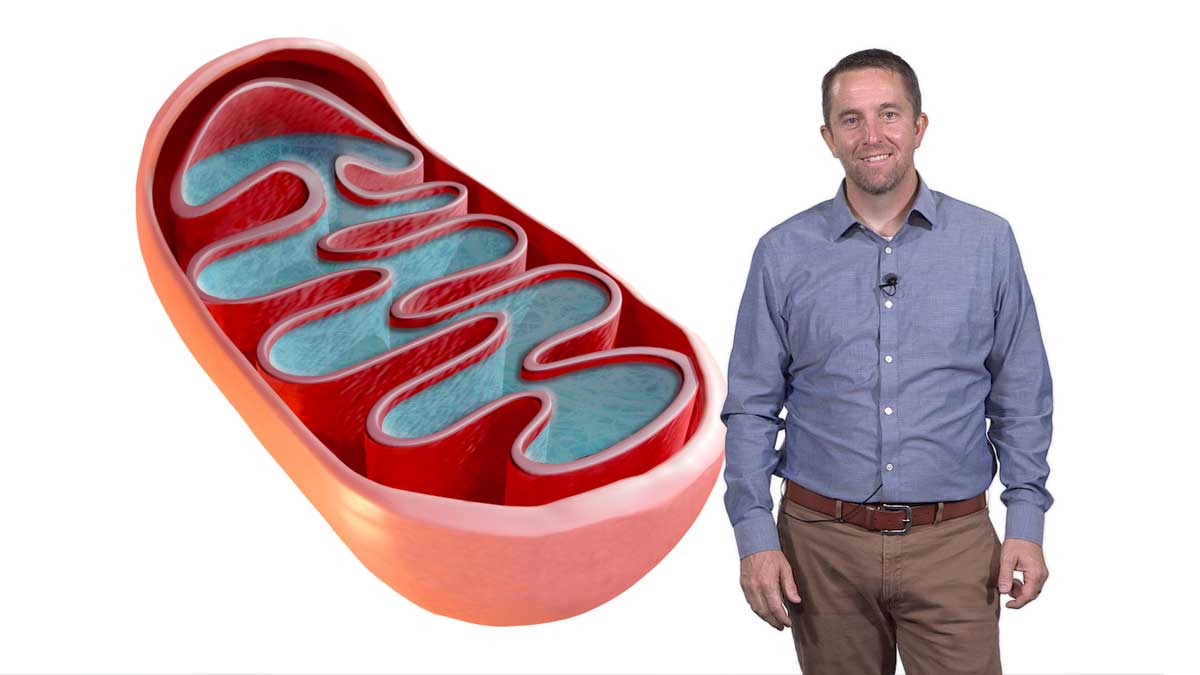
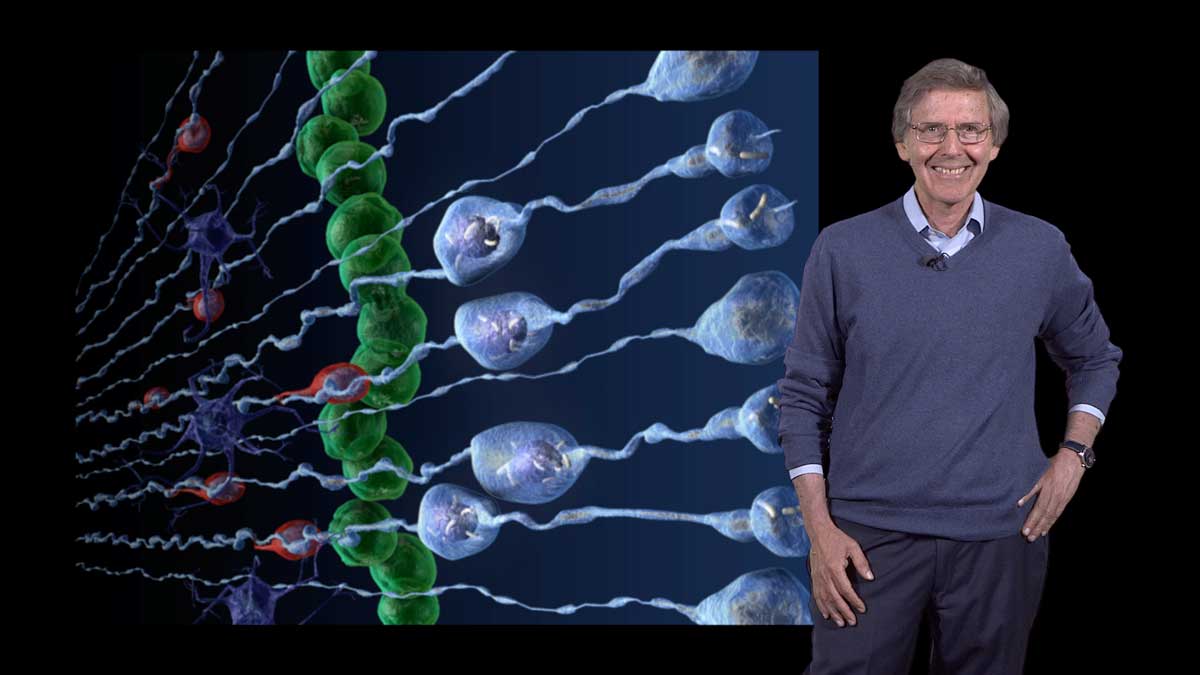
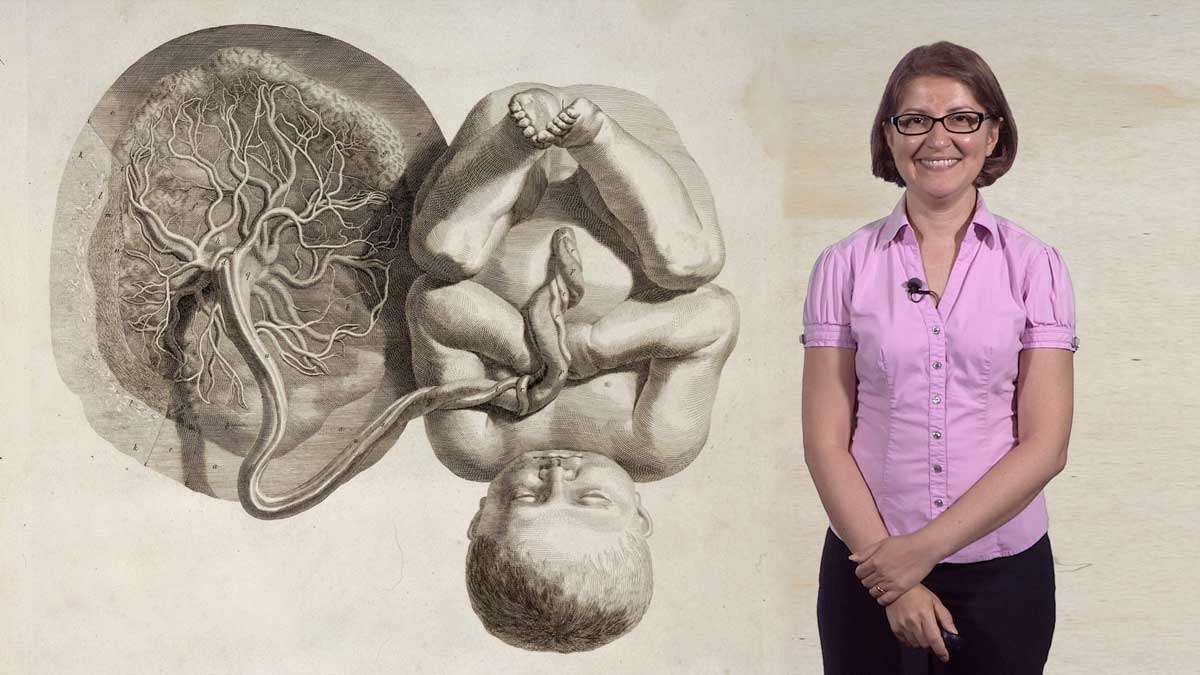





Leave a Reply